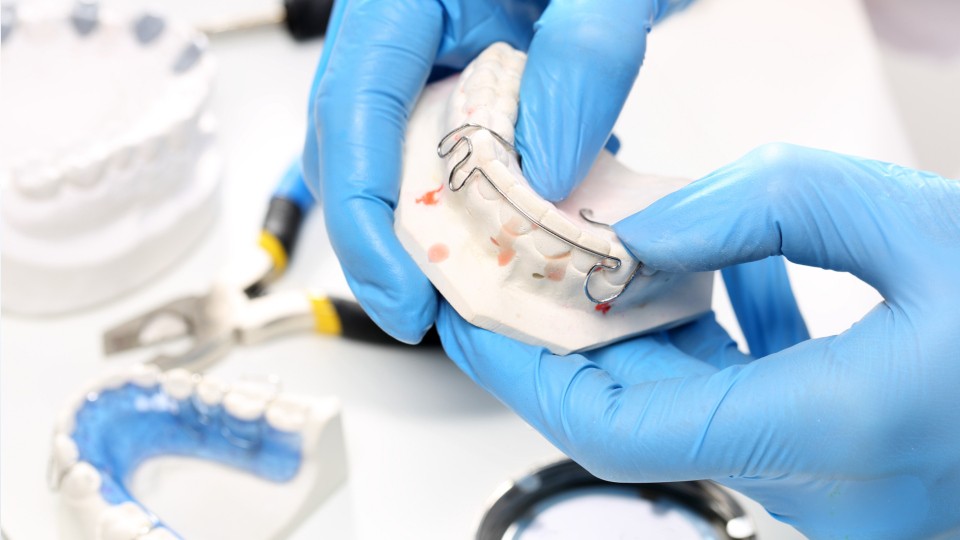Orthodontists
Orthodontic Dentist, Orthodontic Specialist, Orthodontics Doctor, Orthodontist
What they do:
Examine, diagnose, and treat dental malocclusions and oral cavity anomalies. Design and fabricate appliances to realign teeth and jaws to produce and maintain normal function and to improve appearance.
On the job, you would:
- Diagnose teeth and jaw or other dental-facial abnormalities.
- Examine patients to assess abnormalities of jaw development, tooth position, and other dental-facial structures.
- Study diagnostic records, such as medical or dental histories, plaster models of the teeth, photos of a patient's face and teeth, and X-rays, to develop patient treatment plans.
Knowledge
Health
- medicine and dentistry
Business
- customer service
- management
Arts and Humanities
- English language
Math and Science
- biology
Skills
Basic Skills
- keeping track of how well people and/or groups are doing in order to make improvements
- listening to others, not interrupting, and asking good questions
Problem Solving
- noticing a problem and figuring out the best way to solve it
Social
- changing what is done based on other people's actions
- understanding people's reactions
Abilities
Verbal
- communicate by speaking
- communicate by writing
Hand and Finger Use
- keep your arm or hand steady
- put together small parts with your fingers
Ideas and Logic
- notice when problems happen
- make general rules or come up with answers from lots of detailed information
Attention
- pay attention to something without being distracted
Personality
People interested in this work like activities that include ideas, thinking, and figuring things out.
They do well at jobs that need:
- Achievement Orientation
- Intellectual Curiosity
- Cautiousness
- Integrity
- Attention to Detail
- Dependability
Technology
You might use software like this on the job:
Office suite software
- Microsoft Office software
Medical software
- Patient management software
- PerfectByte Ortho
Graphics or photo imaging software
- American Orthodontics Compu-Ceph
- GAC International OrthoPlex
Education
Education: (rated 5 of 5)
post-doctoral training or
doctoral degree
usually needed
doctoral degree
usually needed
Job Outlook
Average
New job opportunities are likely in the future.
Explore More
- Dentists, General
- Oral & Maxillofacial Surgeons
- Orthopedic Surgeons
- Pediatric Surgeons
- Prosthodontists
You might like a career in one of these industries:
See more details at O*NET OnLine about Orthodontists.





